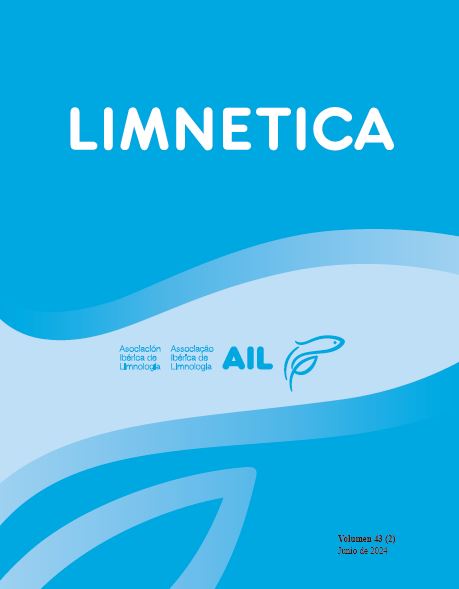Monitoring the biological quality of an urban stream using a learning by doing approach with higher education students
Resumen
This study assessed the longitudinal and temporal trends in the biological quality of a stream using a learning by doing approach with higher education students under supervision. From 2004 to 2014, benthic macroinvertebrates were collected nine times in five sampling campaigns to calculate the scores of the biotic index IBMWP and of the multi-metric Portuguese index IPtIS. The two indices provided similar information but the scores were more constrained for IPtIS than for IBMWP. The biological quality was moderate along most of the longitudinal profile and time. Scores decreased downstream attaining a poor condition at the two lower reaches. The overall quality of the stream increased temporally from 2004 to 2013, decreasing in 2014 due to the disruption of the benthic macroinvertebrate communities by strong flash floods. In 2004, the exotic gastropod Potamopyrgus antipodarum was detected in relatively low abundances but the cumulative density in the stream increased steadily over time, conforming to an invasion curve. This learning by doing approach provided useful information on the spatial and temporal trends in the biological quality of the stream and detected invasion by an alien species. Data collected by higher education students may fill data gaps and complement information gathered by national authorities.
Descargas
Publicado
Número
Sección
Licencia
Los autores que publican en esta revista están de acuerdo con los siguientes términos:
- Limnetica está bajo una licencia de Creative Commons Atribución-NoComercial 4.0 Internacional.
b. Los autores pueden establecer por separado acuerdos adicionales para la distribución no exclusiva de la versión de la obra publicada en la revista (por ejemplo, situarlo en un repositorio institucional o publicarlo en un libro), con un reconocimiento de su publicación inicial en esta revista.
c. Se permite y se anima a los autores a difundir sus trabajos electrónicamente (por ejemplo, en repositorios institucionales o en su propio sitio web) antes y durante el proceso de envío, ya que puede dar lugar a intercambios productivos, así como a una citación más temprana y mayor de los trabajos publicados (Véase The Effect of Open Access) (en inglés).


